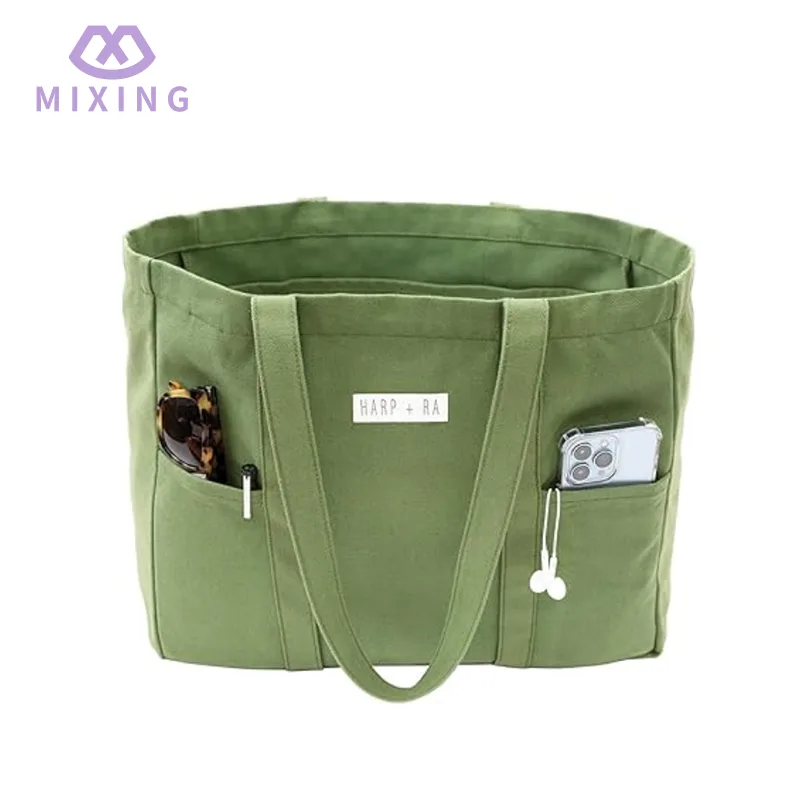How Is Cotton Made into Fabric, Step by Step Process
Chapter 1: Introduction
How is cotton made into fabric? First, let us examine the background history of the cotton plant.
Cotton is one of the most versatile crops because its soft fibres can be made into a wide range of products.
The earliest discovery of the use of cotton can be traced to 5000BC in India. Cotton cultivation flourished around this period, which provided the Indus with a suitable source of material for clothing.
It was recorded that cotton was used by Americans in 5500BC while the Chinese began to use cotton during the Han dynasty.
Today, the use of cotton is widespread and it is grown, harvested and processed throughout Africa, Asia, Australia and America.
Discover how cotton is made into fabric in the next chapter.
Chapter 2: How Cotton Is Made into Fabric
The natural fluffy fibres of the cotton plant are not strong on their own, hence, they need to go through different stages of processing. The following are the step-by-step process involved in making cotton into fabric:
First is the defoliation process where workers at the cotton plantation remove the leaves from the harvested cotton plant.
Next, the cotton seed is separated from the boll. This process was formerly carried out manually but a cotton gin was invented. This machine is a faster and more efficient way of separating cotton from its boll. The machine also removes dirt from the harvested cotton fibre.
Once the cotton fibre is clean, it is transported into the textile production facility for carding. Carding is the process whereby cotton fibres are formed into weavable strands.
Next, the long strands are spun into yarn. The spun yarn may be treated with chemicals, for example, dying.
Finally, the yarns are woven in any way depending on the type of fabric one is making. The three major types of weaving are twill, plain and satin weave.
Types of weaves in cotton fabric
As we have mentioned earlier, the three most common types of weaving found in cotton fabrics are plain weaving, twill weaving and satin weaving.
Plain weaving- The plain weave is the simplest type of weave in cotton fabrics. Yarns in a plain weave are woven together one after the other. Plain weaving can be found in heavy fabrics like canvas and light fabrics like muslin.
Twill weaving- A twill weave is a diagonal pattern found in fabrics. It has a lesser binding point than the plain weave and has a thicker mass area. This type of weave is common in denim.
Satin weave- The satin weave has floating or overshot warp threads on the surface which gives the fabric a shiny surface.

Chapter 3: Cotton Canvas
As we have mentioned one of the types of fabrics gotten from cotton is canvas fabric. Canvas is a plain woven fabric known for being durable, sturdy and heavy duty.
Canvas can be blended with synthetic materials like polyester. By blending cotton canvas with polyester, it can become water resistant.
Ways to use cotton canvas fabric
Sails- Sails on boats were originally made from cotton canvas fabric.
Tents- Canvas being a heavy-duty material is great for building camp shelters.
Bags- Canvas is a popular fabric used in making tote bags, backpacks, purses and shopping bags.
Shoes- Canvas is flexible and durable, therefore, it is suitable for making shoes. A typical example of shoes made with canvas fabric is the Converse sneakers.
Painting- Canvas fabric stretched out on a wooden frame is a good painting surface.
Backdrops- Photographers use canvas as backdrops.
Clothing- Jackets and certain outdoor clothing are made with canvas.
Furniture- Canvas is used for furniture upholstery.
As a professional manufacturer and supplier, we provide high-quality products. If you are interested in our products or have any questions, please feel free to contact us.
 English
English Español
Español Português
Português русский
русский Français
Français 日本語
日本語 Deutsch
Deutsch tiếng Việt
tiếng Việt Italiano
Italiano Nederlands
Nederlands ภาษาไทย
ภาษาไทย Polski
Polski 한국어
한국어 Svenska
Svenska magyar
magyar Malay
Malay বাংলা ভাষার
বাংলা ভাষার Dansk
Dansk Suomi
Suomi हिन्दी
हिन्दी



